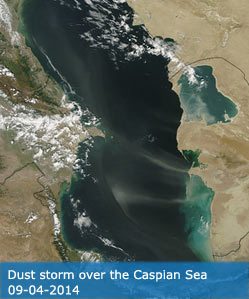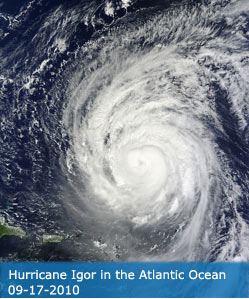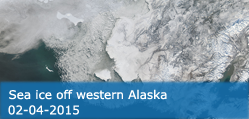Science Team
Publications
Vese, M; Nunchhani, V; Samjetsabam, G; Bandyopadhyay, A; Bhadra, A (2024). Analyzing Snow Parameters Dynamics in Arunachal Pradesh's Glaciated River Basins Through Spatially Distributed Snowmelt Runoff Model (SDSRM): Dibang, Mago and Subansiri. JOURNAL OF THE INDIAN SOCIETY OF REMOTE SENSING, 52(7), 1589-1609.
Abstract
Considering the importance of snow parameters on ecological balance and hydrological systems and their variation and response with respect to climate change, this study assesses and collates the spatio-temporal variations of distinct snow parameters among the three basins, namely Dibang, Mago, and Subansiri basins, of the Eastern Himalayas region, Arunachal Pradesh, for a study period of ten years (2010-2019). The Spatially Distributed Snowmelt Runoff Model (SDSRM), integrated with remote sensing and GIS techniques, was employed to determine five snow parameters: Snow density (kg/m3), Snow depth (m), Degree Day Factor (cm/& ring;C-day), Snow Water Equivalent (m) and Melt Depth (cm/day). MODIS images of snow albedo and snow cover at 500 m resolution from Terra satellite and CPC data were pre-processed and run in the model to acquire the requisite snow parameters. The analysis of the ten-year period for all three basins shows consistent seasonal trends in snow cover in relation to climatic factors. The highest average snow density was observed in June and the lowest in December; the highest average snow depth and SWE were in March, with the lowest in June for all basins; the highest average DDF was in June and the lowest in December; and a slight seasonal variation within the three basins was observed for snow melt depth, where the highest average melt depth occurred from May to June and the lowest from November to March. Ten-year average snow density values are 463.84 kg/m3, 453.44 kg/m3, 464.62 kg/m3, average snow depths are 1.63 m, 1.83 m, and 1.69 m, average DDF values are 0.51, 0.49, and 0.51 (cm/& ring;C/day), average SWE values are 0.73 m, 0.82 m, and 0.76 m, and average snow melt depths are 0.626, 1.334, and 0.598 cm/day for Dibang, Mago, and Subansiri river basins, respectively. The modelling of temporal variation for snow density (kg/m3) shows a slight decreasing trend in Dibang and Subansiri, and a rapid decreasing trend in the Mago basin; Snow depth (m) shows a slight increasing or negligible variation trend for all three basins; Degree day factor (cm/& ring;C/day) shows a slight decreasing trend for all three basins; SWE (m) shows a slight increasing trend in Dibang and Subansiri and a slight decreasing trend in Mago; Snow melt depth (cm/day) shows a slight increasing trend in Mago and Subansiri and a slight decreasing trend in Dibang.
DOI:
10.1007/s12524-024-01899-x
ISSN:
0255-660X




